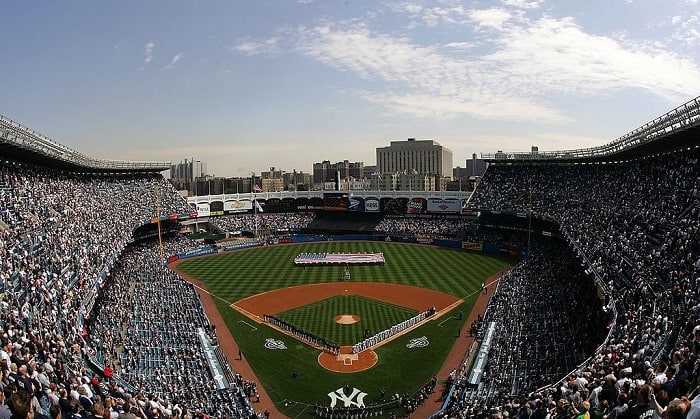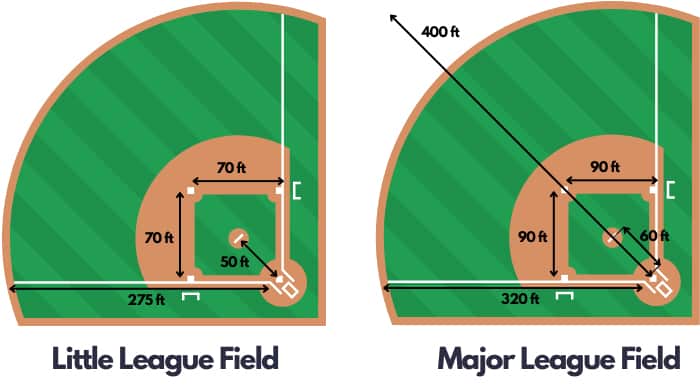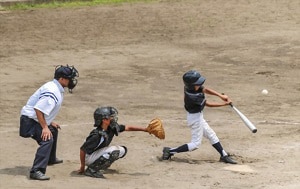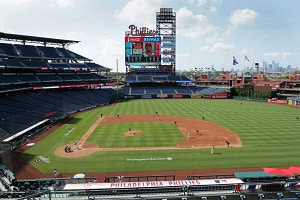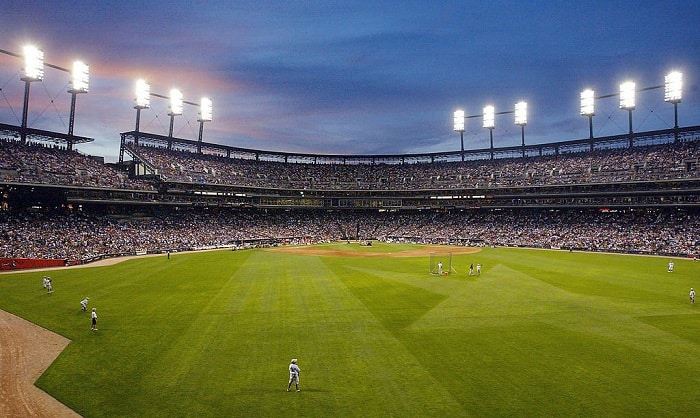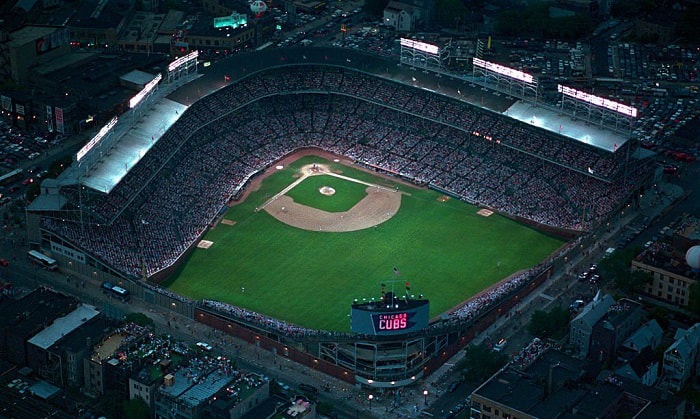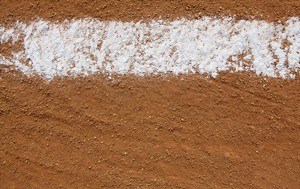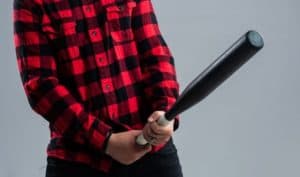The baseball field is where all the magic happens while playing the sport. You may have watched many games, but do you know what baseball field dimensions are?
Knowing the dimensions is essential for any beginning player. Also, take note that the measurements of a baseball field can vary widely.
Contents
What Are Baseball Field Dimensions
The baseball diamond dimensions vary depending on who is playing, as age and skill level have to be taken into consideration.
This would mean that no fixed dimension applies to all games.
So whenever someone asks how many feet a baseball field is (or how many meters), here are different major league baseball field sizes (by age or level):
- Tee Ball Field: This field is for kids from 4-6 years old. Their bases can be 50 feet apart.
There is usually no home run fence in tee ball to keep kids interested but not make the game too hard.
- Little League Field: This field is for kids around 7 to 11-12 years old (12u to 13u).
The little league baseball field should have a distance from the pitching plate to the home plate of 46 feet, with the outfield fence at least 200 feet from the home plate.
There should be 60 feet between the bases.
- Major League Field: For the major-league ballparks or college baseball field, there are no fixed dimensions of a baseball field, but there are certain aspects that should be present.
Here are the common mlb field dimensions:
- 90 ft for all the sides of the diamond
- 400 ft or more for home plate to centerfield
- At least 320 ft for foul lines
- 325 ft or more for the home plate to the nearest fence
- 15 inches for all bases on each of their sides
- 60 ft and 6 in. for the distance between the home plate and pitcher’s mound
- 127 ft and 3.375 in. distance for opposite bases
Drawing the Line in the Baseball Field Dimensions
Although no standard can impose precise baseball field dimensions, the MLB rule book emphasizes the importance of observing limitations.
For instance, the rule book’s opinion on an MLB stadium professionally built by MLB teams or other representatives focuses on the need to observe at least 325 feet distance between the nearest fence and the home plate.
On the other hand, for a stand (or obstruction) positioned directly in the center field, the distance between the stand and the home plate should not exceed 400 feet.
The pitcher plate should ideally measure 24-inch by 6-inch and should be ten (10) inches higher than the home plate.
Finally, the home plate should ideally measure seventeen (17) inches.
See https://www.mlb.com/glossary/rules/field-dimensions for further details on the ideal measurement(s).
Other Parts of a Baseball Field
The following are some parts or components of a baseball field and how big they should be.
- Pitcher’s Mound: Synonymous with “hill,” the pitcher’s mound serves as the area for pitching.
It resembles a literal heap or pile of dirt located in the middle of the diamond.
A pitcher’s rubber ideally measures 24″ x 6″. In terms of diameter, the mound should measure up to 18 in feet.
- Infield: The infield covers everything inside the grass line going to the home plate. It accounts for all the bases in a baseball game and is a 90-feet square.
- Batter’s Box: The batter’s box works for the batters like the pitcher’s box works for the pitchers.
It resembles a solid rectangular box placed on the side of each plate.
The box is four (4) feet (1.2 meters) by six (6) feet in the MLB.
- Bases (1st, 2nd, 3rd, & Home Plate): The bases are the vital points in the baseball field diamond and the baseball game itself. The bases are either 60 ft or 90 ft apart and usually covered with white rubber or canvas.
- Catcher’s Box: The catcher’s box resembles a rectangle marked by lines drawn with chalk.
The catcher box or area (situated directly at the back of the home-plate) serves as the safe spot a catcher must stand on before receiving a pitch.
A catcher can end up with a balk (a form of violation) if he strays out of the box before a pitch is made.
The ideal dimensions of a catcher’s box are 43″ x 8′.
- Coach’s Box: The coach’s box serves as the resting space for coaches near the first and third bases.
The ideal dimensions of a coach’s box are 4’ x 8′.
- Outfield: The outfield is that ample space or land area that extends beyond the infield.
It covers a more extensive space than the infield, holding three players.
The ideal distance between its fence and home plate is around 350 to 450 feet (major league estimate).
In contrast, smaller baseball field diamonds (little league) only have a 200 (or shorter) feet distance between their home plate and fences.
Conclusion
The answer to the question “what are the dimensions of the baseball field” turns out to be more complicated than expected.
Baseball field dimensions need to take into consideration the player’s age, level, existing stadium size, and more.
What do you think of the measurements we presented here?
Comment down below to share your thoughts.

A powerful swing and the ball is flying across the field, just one hit, and we might never forget the thrill it brings. I do not know about you, but I never do. Every baseball game is the chance to compete with others and cooperate with your teammate. It is among my biggest passions.



